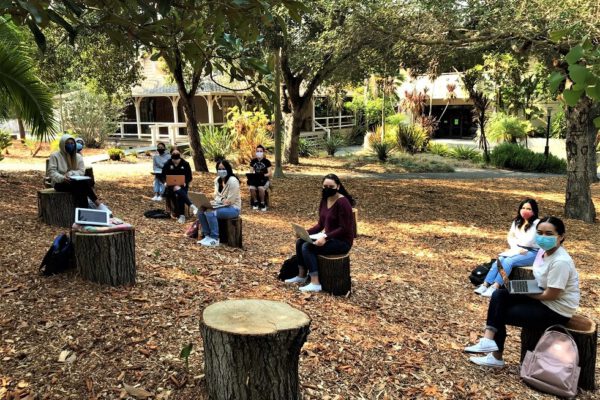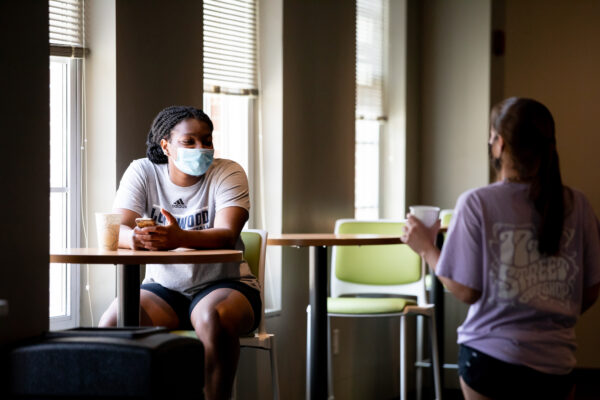Helping Students Who Need It Most: Lessons from COVID-19 on How to Enhance Emergency Student Financial Aid Programs
Title: When Care Isn’t Enough: Scaling Emergency Aid During the COVID-19 Pandemic
Authors: Sara Goldrick-Rab, Nicole L. Hacker, Gregory Kienzl, Derek V. Price, & Drew Curtis
Source: The Hope Center for College, Community, and Justice
A recently published report offers insights on how students experienced COVID-19 emergency financial aid programs at their colleges and universities. From September 2020 to October 2020, the authors surveyed 195,000 students at 202 institutions in 42 states, as well as staff and administrators who worked on emergency aid programs at those institutions. In spring 2021, the authors also conducted focus groups with 63 staff members and administrators who worked on federal emergency aid programs at 23 of the 202 colleges and universities.
From the data sources, the authors outlined several findings related to emergency financial aid programs during COVID-19:
- The emergency aid helped students, including increasing their personal well-being, increasing their chances of graduating, and making them feel like their institutions cared for and respected them.
- Students with basic needs insecurity felt like they did not get the help they needed, and most were not aware that support was available.
- Structural issues with the aid programs abounded, with students not being adequately informed of aid availability, eligibility requirements, and the amount of funds available to students.
- Structural issues particularly affected Black and Latinx students, versus white students. Black and Latinx students were comparatively less likely to be aware of the availability of aid and less likely to know how to apply for aid, even though those Black and Latinx students who did not apply for aid were more likely than white students to state that they needed it.
Based upon their findings, the authors described three lessons learned for coordinating these types of emergency aid programs:
1. Tell Students About Support: This should include simple and straightforward communication, spread widely through word of mouth, faculty, and institution websites, but especially through student portals.
2. Decide What Eligibility Means: This should encompass finding valid methods of determining aid, such as simple applications and/or moving beyond Estimated Family Contribution and FAFSA information from before the crisis at hand.
3. Move Fast: While there are multiple elements in the process of distributing aid, institutions should move as quickly as possible and eliminate inefficiency in order to provide aid to those who need it the most during a crisis.
Further, the authors outlined relevant implications for higher education institutions:
- Develop emergency aid programs distinct from traditional financial aid initiatives
- Measure how long it takes to complete each step of the emergency aid process, reporting that information to the Department of Education
- Hire students to include them in processes and procedures for advertising and communicating about aid, as well as related to how students apply for aid
- Reach out to students broadly and continuously, especially on social media and student portals
- Engage in ongoing formative and summative evaluations in order to improve the emergency aid programs and show the programs’ value to stakeholders
To read the full report, which includes effective examples of emergency aid program practices, click here.
—Ty McNamee
If you have any questions or comments about this blog post, please contact us.


